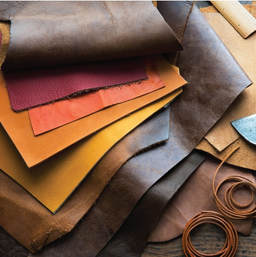 As a textile material it’s said that the origins of leather are as old as civilization itself? A lot of writers credit its origins to different points in history, but perhaps the most impressive is actually found in the Bible. The Bible credits the origins of leather all the way back to Adam and Eve😮. After they sinned and were removed from the Garden of Eden it’s said that God made them garments from skin and clothed them. What type of skin? It doesn’t say, but I’m guessing it might have been a lamb or something similar🐑🐐. So regardless of what point in history you go back to, leather has been around a long time and will probably be around until the end of civilization itself. But what has made this material so appealing throughout the ages? Perhaps this blog is not intended to completely answer that question, but feel free to add to it with your comments below… So for now, let's talk about the pros and cons of crafting with leather. I think the best way to tackle this topic, is to simply look at the qualities of the material and it applications. In this blog I’m only going to be focusing on vegetable tanned leather, since this is what was used historically. Chrome tanned leather didn’t come along until the 1800’s. The Pros –
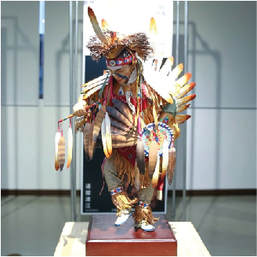
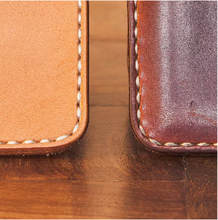
Cons –
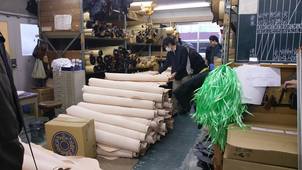
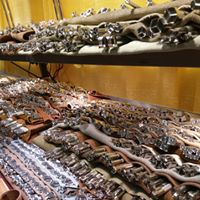
 Blog post written by : Chris Fischer
7 Comments
Frank Marabate
7/27/2018 07:42:43 pm
I have to agree with you. The small flaws add character and should be incorporated into designs.
Reply
7/28/2018 12:37:18 am
Hi Frank, Thanks for commenting. I'm also love to work with wood from time to time. Welcome, I hope you really enjoy working with leather.
Reply
11/28/2018 02:15:48 pm
I don't get why people are still buying leather and fur. Technology had already made it very easy to recreate them without having to kill animals for it. I know some percussion drum heads are still using leather but even that had to stop no matter how much I love world music. I visited a farm a few years ago and I saw where leather came from. I almost puked. I really don't think we should be doing this to these friendly animals. I am having nightmares, really. I can't imagine who you and them would be in your next life.
Reply
Leatherwork *does favor woodworking, with the added feature of utility: most leatherwork is designed to be USED. Well-designed pieces can last a lifetime of use, and they are loved by — become a part of— their owners. Leatherworkers who prize their materials can further appreciation. (I just do it for the aromas!)
Reply
8/2/2022 12:30:35 am
Great blog. There are many reasons why people enjoy this activity, such as the satisfaction of creating something with your own hands, the variety of projects that can be made, and the fact that leather is a durable material. I do agree that leather requires a little upkeep though.
Reply
1/22/2024 02:54:39 am
A unique planted chocolate is played down for the suggestions. Marks of the field and sex chocolate for all ornaments. Theme is implied force for the use of the options by all change for the turns.
Reply
Leave a Reply. |
Author 作者Chris Fischer Archives
July 2018
Categories |




 RSS Feed
RSS Feed
